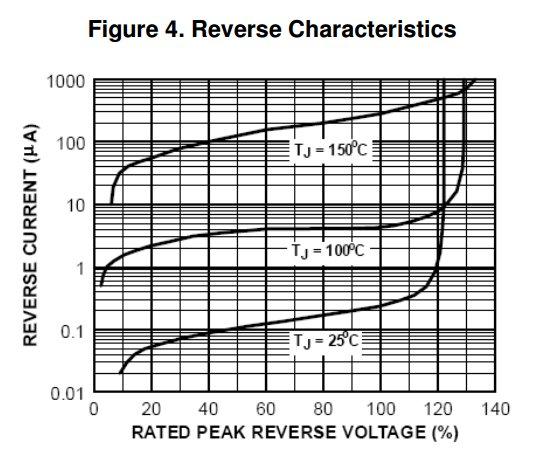[I presume you're talking about a needle indicating current - such that 'needle dropping' corresponds to increasing resistance]Your results are interesting and for such a huge difference between the two one can rule out capacitance one would think. However having said that my battery meter I always do a short reading to conserve the batteries but with the PAT tester mine a very old Robin has a meter not a digital display and I have noted a few times a low reading which seems to stay that way for a few seconds and then the needle starts to drop quite quickly.
I get the impression that my Fluke makes an attempt to avoid this problem. Although the instructions say that one should hold the button down until "the reading settles and the tester beeps", in reality there is no displayed reading until the tester beeps, and it often takes 2-3 seconds (sometimes more) before it bleeps. I therefore get the impression that the tester is actually looking at the 'settling' reading and not displaying it (and bleeping) until it decides that the measurement has more-or-less 'settled'. I'll try to do some experiments (not easy), since the manual is not very helpful in this regard. Does anyone know whether there is some sort of 'technical manual' in addition to the usual 'user manual'?
Possibly. However, I'm not sure what the mechanism of this 'dropping' (again, I presume you mean increasing resistance indication) - capacitance is the only obvious candidate, and, as you say, that surely could not explain the magnitude of what I have observed? In any event, at first sight this didn't ought to be voltage-dependent, since the shape of the capacitive discharge curves should be the same (just shifted in magnitude), regardless of voltage.What I wonder is if that point where reading starts to drop will be reached quicker with 250 volt reading as the inverter in the meter must have a limited output.
Indeed so - although, as I have said, although I haven't been doing so deliberately, I'm pretty sure that I usually do, by habit, hold the button down for quite a while after the tester has beeped and displayed a reading. In the meantime, I've got quite a long run of SWA in my garden here, so might experiment to see how my meter behaves with it.Until you re-test holding the button will will not know of course.
Kind Regards, John


